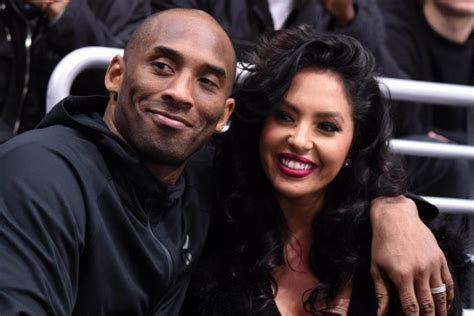When someone dies because of another person’s negligence, and that death could have been prevented, it is defined as wrongful death. Proving negligence in such cases involves an intricate legal process, and can include the following:
- Comprehensive evidence collection
- Deep analysis
- Accident reconstruction
- Expert testimony
Settlements can skyrocket to millions, or tens of millions, of dollars which is small consolation for the families left behind, but necessary for life to carry on. With so much at stake, the prosecution of any wrongful death case is best left in the hands of a qualified wrongful death attorney.
High profile cases are highly publicized, which makes them even harder to litigate, and sometimes shocking details surface surrounding the circumstances.
The Death of a Basketball Superstar
The death of five-time NBA champion Kobe Bryant sparked an outpouring of love from sports fans around the globe. He and his 13-year-old daughter were both killed in a helicopter crash in Calabasas, California, alongside nine other people.
Bryant’s wife, Vanessa, as well as the families of the other passengers, sued the helicopter companies, but the National Transportation Safety Board’s initial report found no sign of engine failure. The Bryant family lawyers then attempted to prove that the pilot was negligent for flying the chopper in dense fog when he should have instead made an emergency landing.
Beloved TV Dad Dies After Surgery
Bill Paxton was well known for starring in films like Apollo 13 and Twister, as well as the television series Big Love. The actor reportedly died from a stroke following heart surgery.
Lawyers scrambled to find evidence to determine what could have been done to prevent the stroke. The case illustrates the intricacy of wrongful death lawsuits because the risk of complication in any medical procedure, especially surgery, is inherent.
The family attempted to sue for surgical malpractice by proving the doctors’ failure to follow standards in regard to medication and monitoring after the surgery, which left Paxton vulnerable to stroke. But the case has been exceedingly difficult to prove.
Purple Rain, The Death of Prince
In 2016, American singer and songwriter Prince was found dead in his Minnesota home after an accidental opioid overdose. The toxicology report showed a high amount of fentanyl in the singer’s body, which was cited as the cause of death.
Fentanyl is considered to be 50 times more powerful than heroin. Doctors claimed Prince developed a tolerance to the medication because he had been taking it for a long period of time and was excessively using it. Investigators had trouble identifying the source of the medications, which were illegal.
Complicating matters, Prince had visited the emergency room a week earlier, possibly after taking painkillers while on board a plane. He was found unconscious when the plane landed, and was given a shot of Narcan to offset the effect of opioid overdose, but details surrounding the event remain mysterious. The star died without a will, so the family had to figure out what to do with his sprawling multi-million dollar estate.
Questions of Negligence
In each of these cases, attorneys were asked by the bereaving family to prove gross negligence that led to the death of their loved one. Breaching acceptable standards of care, prescribing drugs inappropriately, poor follow-through after surgery or making a judgment call that kills someone are all considered negligent acts that can lead to a lawsuit.
Whether the victims are famous or not, wrongful death cases are known to create a complex legal tug-of-war and lawyers fight daily to reach fair settlements for families that are left behind.

